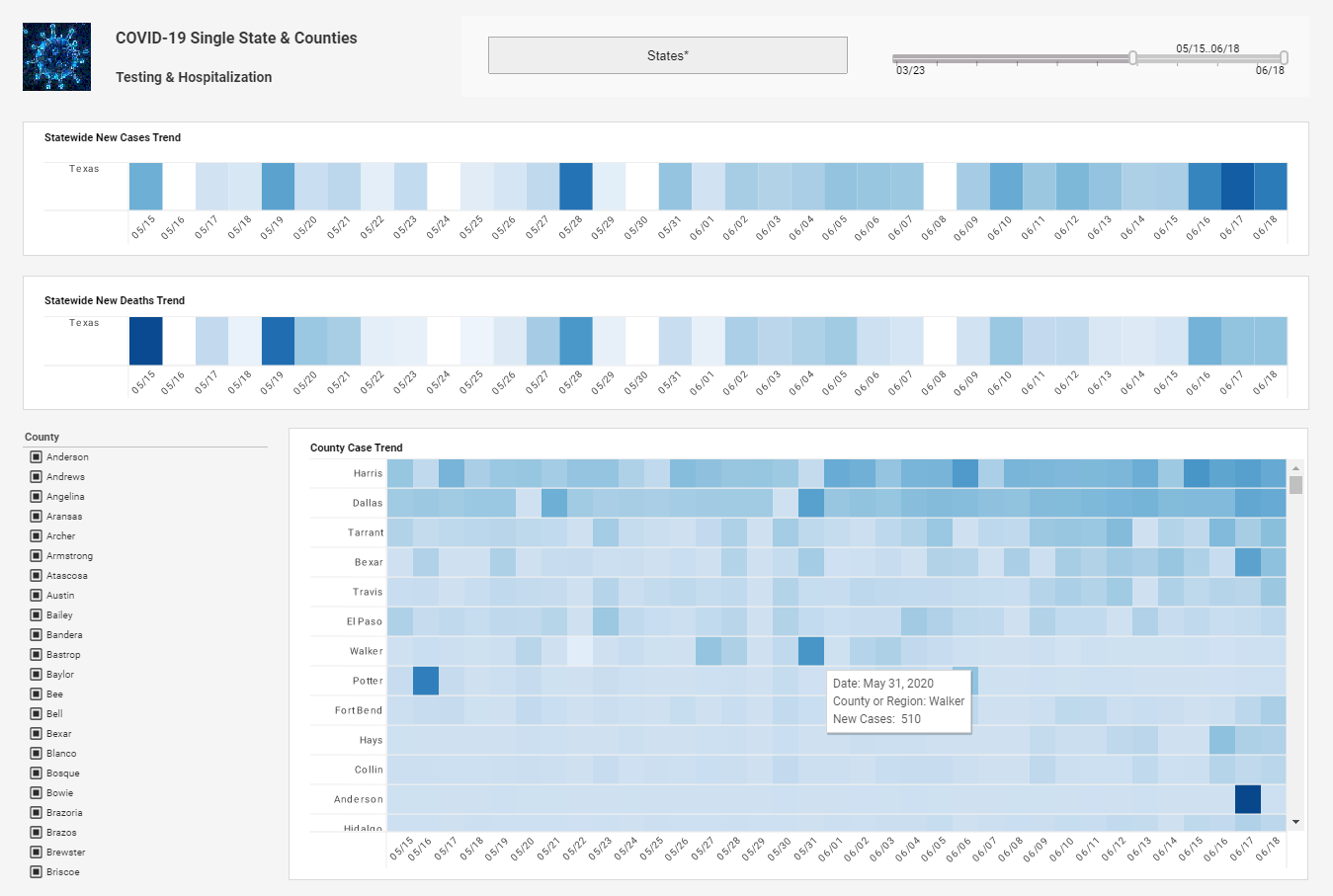Enabling Agile Data Access with InetSoft
Below is the continuation of the transcript of a Webinar hosted by InetSoft on the topic of Agile Data Access and Agile Business Intelligence. The presenter is Mark Flaherty, CMO at InetSoft.
Mark Flaherty (MF): It's all about agility and being the enabler for agility with your business technology investments. BI, clearly decision support systems, to support human decision makers at all levels of your company as well as increasingly automated decision makers that are essentially like in-mind predictive models that are driving this next-step action.
So it's all about agile BI and enabling agile data access. In much of that, which we will discuss in a moment, is oriented around virtualization and service-oriented architecture and similar approaches which enable maximum reuse of data assets.
So really, in the yin and yang here of agile business technologies, you have agile BI, agile data access and really agile application infrastructure is the way to look at that lower ellipse. And that application infrastructure, of course, is a bit of a SOA, it’s Business Process Management, it’s business rules engines, it's a broad range of enabling platform technologies, application servers and the like. So selectively, they constitute your agile infrastructure to allow you to flex your business model much more rapidly.
| #1 Ranking: Read how InetSoft was rated #1 for user adoption in G2's user survey-based index | Read More |
When we speak of agile development, and we use the term in this Webinar, we are using the term “agile” in the classic sense. You can do a search on Google and some other resources and find a canonical definition of agile. But really, agile, as a development approach, is being used in many different areas obviously, not just BI and data services.
It's in Business Process Management, application development, and they all share commonalities, which is that it's all about approaches that allow you to achieve consistently rapid results at low cost and with minimum strain essentially.
You have a very fast flexible set of assets that you can leverage in new directions very quickly with incremental development that’s modular and enabling you to put together and assemble reusable components iteratively and based on collaborative development involving IT people, involving subject matter experts and end users, to allow you to then quickly build and redeploy and retarget all of your IT assets in new directions fairly quickly. That’s what agile development is.
In terms of the agile BI context, really it's all that. It's really moving away from the old waterfall method where you do a lot of planning on an entire BI or analytics application suite and then write the specs and develop fixed processes for implementing those stacks into prototypes and the like, and then all that upfront development and ongoing development testing which was primarily done between IT and a special cadre of business analysts.
What Are the Advantages of Agile Development Over Waterfall Development?
Agile development offers several advantages over waterfall development, particularly when working on projects with evolving requirements or a high degree of uncertainty. Here are some key benefits:
- Flexibility and Adaptability: Agile prioritizes responding to change. Its iterative approach with frequent feedback loops allows teams to adjust plans and features based on new information or changing priorities. This makes it well-suited for projects where the requirements might not be fully defined at the outset.
- Faster Delivery of Value: Agile breaks down projects into smaller chunks called "sprints." Each sprint delivers a potentially shippable product increment, allowing users to see and interact with the product earlier. This can lead to faster delivery of working features and quicker identification of potential issues.
- Improved Customer Satisfaction: By involving stakeholders throughout the development process, Agile ensures that the final product aligns better with their needs and expectations. Regular feedback allows for course correction and reduces the risk of delivering a product that misses the mark.
- Reduced Risk: By focusing on smaller deliverables and continuous testing, Agile helps identify and mitigate risks early on. This can prevent costly mistakes from being discovered later in the development cycle.
- Increased Team Morale: Agile fosters a collaborative environment where team members have more ownership over their work. This can lead to higher morale, improved communication, and a more engaged development team.
| Previous: Example of an Advanced Visualization |
Next: Mobile BI
|


